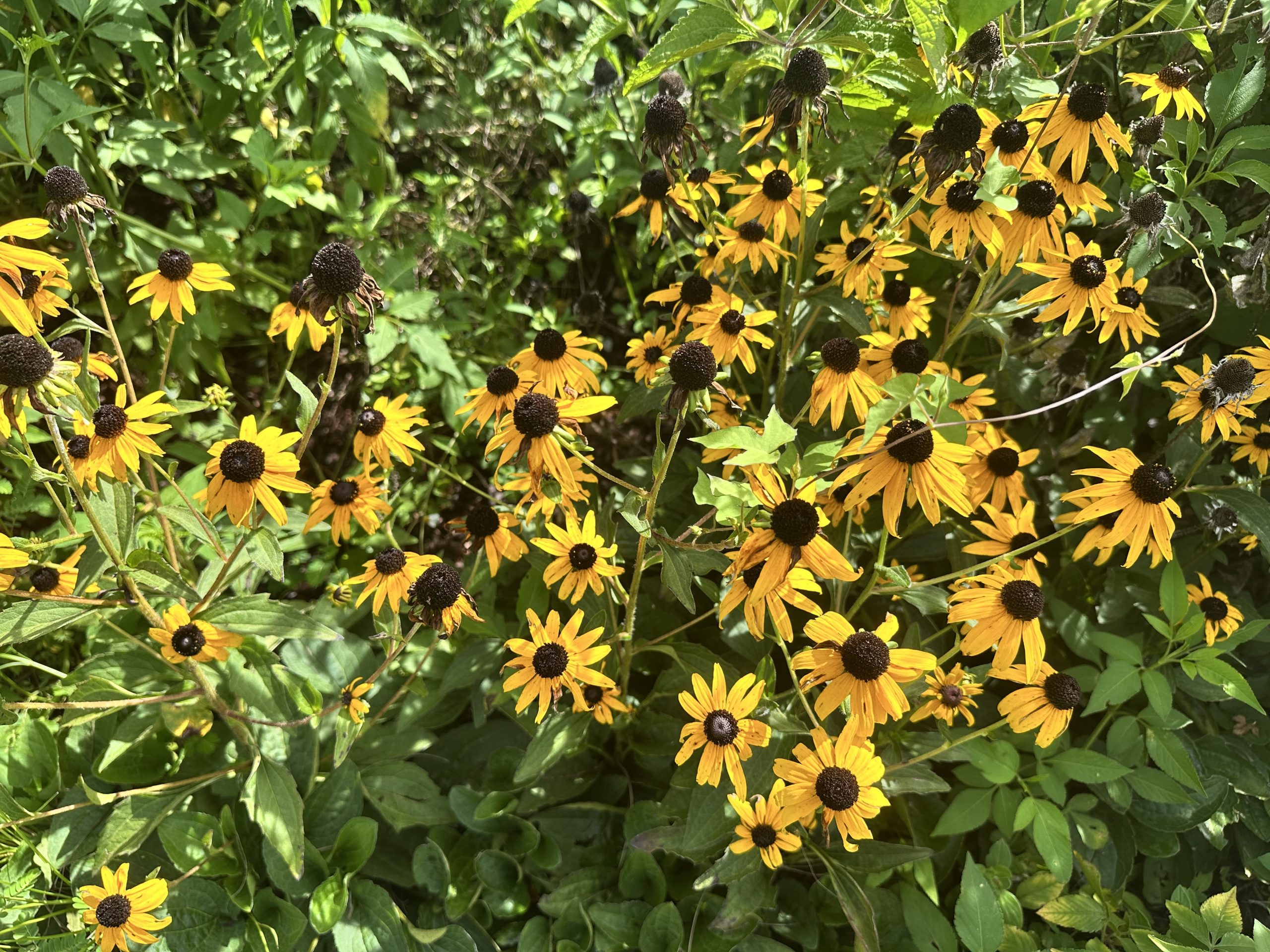Why Exploring Florida’s Nature Is Essential

Explore Florida and get back to nature.
Florida isn’t just sunshine, oranges, and theme parks, our beautiful state hosts over 80 distinct ecosystems, including the Everglades, coral reefs, mangroves, pine flatwoods, and cypress swamps. These habitats support rare and endangered species like manatees, Florida panthers, gopher tortoises, Florida scrub jays, and roseate spoonbills.
Our state’s natural resources aren’t just beautiful; they’re vital to our well-being. Studies show time in nature reduces stress, boosts creativity, and even strengthens immunity. Yet, in our busy lives, we often forget to step outside. We forget how much we really need the sun shining on our faces and the breeze flowing over our skin. We forget how peaceful it is to hear birds chirping or the subtle splashes of fish in waterways.
Here’s why you should prioritize getting out into nature:
- Mental Health: The sounds of nature, soaking in the rays while lounging at the beach on a sunny day, breathing in fresh air, resets anxious minds. (As someone with an anxious mind, it really does wonders!)
- Biodiversity: Florida is home to endangered and endemic species. Connecting with them fosters stewardship.
- Climate Resilience: Healthy mangroves, sand dunes, and wetlands protect us from detrimental storm damage. A state that is all too familiar with hurricanes this is very important to remember. Experiencing these habitats firsthand deepens our drive to protect them.
How to Explore Nature in Florida
- Beachcombing
- Where: Public beaches like Pensacola, Fort De Soto (Tampa Bay) or Canaveral National Seashore.
- Do: Hunt for seashells, watch shorebirds, or simply breathe in salt air. Pro tip: Go at sunrise for solitude.
- Don’t: Leave holes, litter & sandcastles. Chase the wildlife (yes even seagulls).
- Hike Trails
- Where: Florida National Scenic Trail sections (free access), or local gems like Gainesville’s La Chua Trail (gators + grazing bison!).
- Do: Pack water, wear sturdy shoes, and enjoy the sights. Take all trash you bring in, back out.
- Don’t: Go off trail, many areas have fragile ecosystems that can be set back hundreds of years with a single footprint. Never feed wildlife.
- State Park Fee-Free Days
- When: Mark your calendar for Florida State Parks’ annual free-entry days (check their website for dates!). Explore iconic spots like Bahia Honda or Torreya without fees.
- Kayak
- Where: Many waterways offer free access, like Amelia Island’s tidal creeks (dolphin sightings included! Check out our Instagram to see the ones we spotted!)
- Birdwatch in Wildlife Refuges
- Where: Merritt Island NWR or Everglades’ Anhinga Trail.
- Do: Try and identify herons, ospreys, and any fish that you see.
- Volunteer for Cleanups
- Join: Organizations like Keep Florida Beautiful host beach/river cleanups. Give back while soaking in views. You can visit our page under “Find Local Affiliate” to find one near you!
- Stargaze in Dark Sky Areas
- Where: Kissimmee Prairie Preserve, one of the East Coast’s darkest skies. Be sure to tag us in your photos (Flash off)
- Explore Botanical Gardens
- Where: Mounts Botanical Garden (West Palm Beach) or USF Botanical Gardens (Tampa).
- Cycle Scenic Pathways
- Where: Pinellas Trail, Withlacoochee Trail, or your local greenway trail.
- Attend Free Nature Festivals
- Look out: Events like the Florida Birding & Nature Festival offer guided walks, talks, and other fun and educational family activities.
Florida’s natural areas aren’t just a good photo opportunity. Whether you’re wading in a spring, or gazing at a sunset, these moments remind us what’s worth protecting in our communities. So throw on your shoes, grab a reusable water bottle, and let adventure begin.
Remember “Leave No Trace”: Always keep these spaces clean, green, and beautiful!
